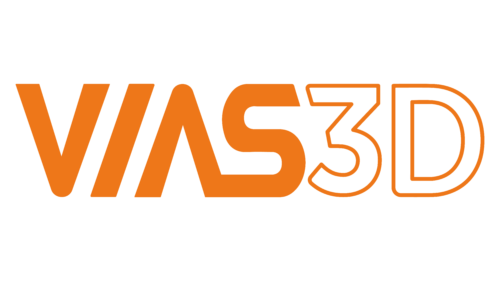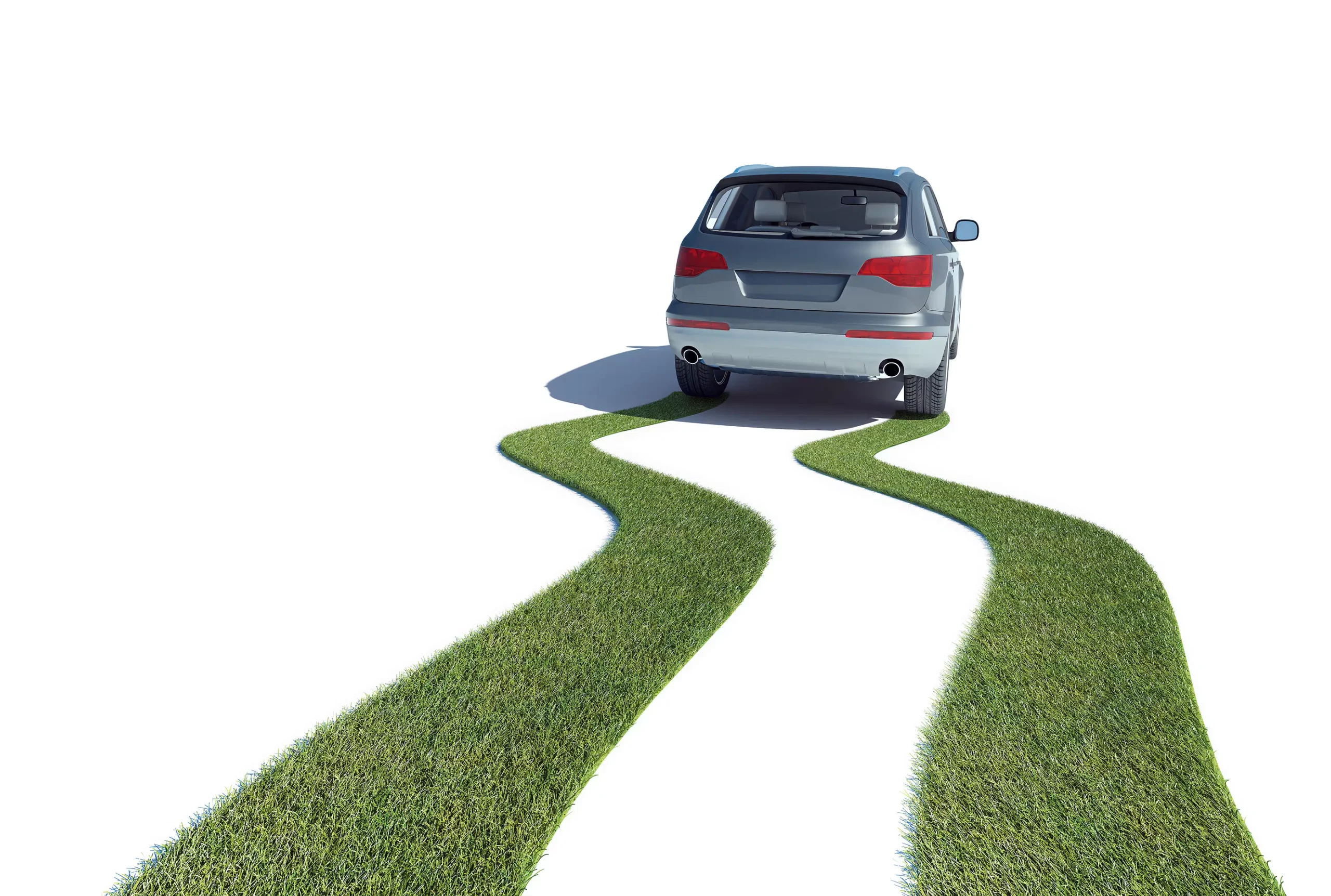In the last couple of years, there has been an increasing buzz around the words Electric Vehicle & eMobility. Consumers having started noticing the benefits that come along with owning an EV – cheaper to run & maintain, better for the environment & the Planet & sustainable for everyone. More & more customers have started exploring options in EVs, with great expectations. As EVs become more mainstream, the costs are dropping rapidly with increasing competition among manufacturers to offer best features in less price.
Around the world, governments at all levels are taking a “carrot and stick” approach to accelerating the transition from ICE vehicles to EVs and the infrastructure required to support them. The “carrot” typically takes the form of incentives such as subsidies and tax credits. Governments also use the “stick” of policies and regulations that can only be met by adopting EVs. Bolstered by government funding, private companies are focusing on driving growth in the EV charging infrastructure, thus leading to advancements in the integration of renewables and battery storage with EV charging infrastructures, along with electrification of fleets.

Role of Design & Simulation Technologies:
Product Design, Simulation & Digital Manufacturing technologies will play a crucial role in solving the current challenges in the EV ecosystem, Integrated design and simulation gives you the freedom to ideate & create a variety of design options, identify issues in the development process & reduce physical prototyping and testing resulting in reduced time & costs.
In the dynamic electro-mobility segment, product innovation, improved battery range performance along with safety & reliability become key differentiators for EV companies. Compliance with industry regulations, analysing radiated emissions on PCB and wiring harness, identifying, and mitigating risks at early stage are critical factors too.
With Industry experts having experience of working with various EV companies our team can help you with:
- Innovative new design ideas and identify the best trade-offs early in the design process
- Reduce late-stage design issues
- Cross Department & Supplier collaboration on single platform.
- Electric Powertrain Engineering
- Battery Engineering & Management System
- Electric Drive Engineering
- Power Electronics Engineering
- Perform energetic dimensioning to optimize key electric components for battery pack, battery controller and electric drivetrain
- Manage integrated electrical process from 2D schematics to 3D generative harness design to optimize cable weight and integration within the vehicle
- Predict related battery warranty cost thanks battery cells ageing simulation
- Simulate battery cells and battery pack to prevent thermal runway and safety issues
Perform cross-disciplines integration and simulation at vehicle level to boost multi-disciplines convergence, select best solutions alternatives (Top speed & Acceleration, driving range, weight, Aerodynamics, Noise & Vibration, …) and reduce physical testing cost.
The future of EV development is virtual & integrated which opens possibilities for innovation and the right solution will help you solve current market challenges & get you to market faster!
About Vias3D
Vias3D engineering and simulation team combines decades of analytical and design experience. They have successfully helped to design various products from many industries for strength, stability, rigidity, and fatigue endurance. Our design and analysis capabilities are accomplished through advanced engineering modelling techniques such as Finite Element Analysis (FEA), Computational Fluid Dynamics (CFD), Electromagnetics (EMAG) and other tools.
Using these advanced tools, we can capture complex design features and nonlinearities arising from materials, geometry, and surface interactions to simulate designs and predict their response before they are brought in production.
Contact us at [email protected] to know more on how our solutions can help you develop better electric vehicles for masses.




